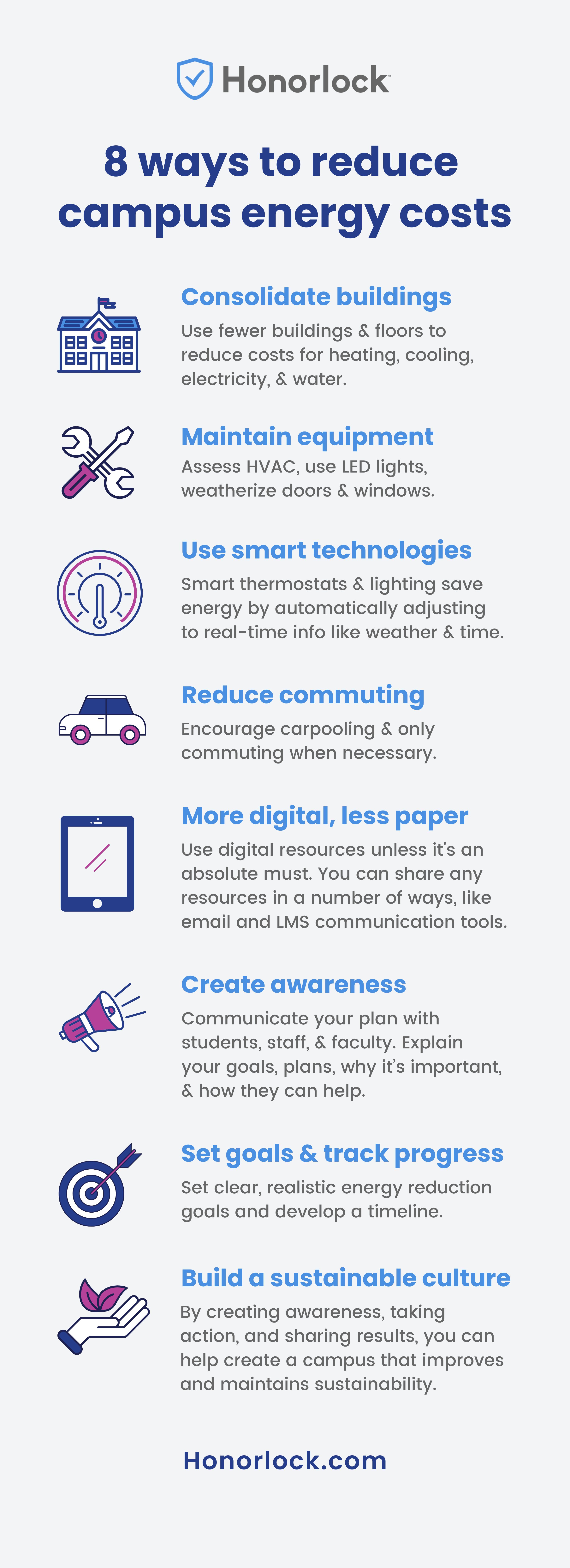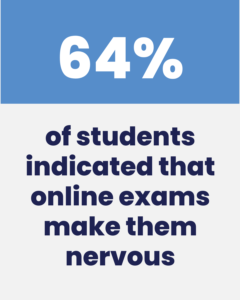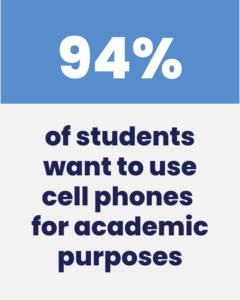
Get more resources to improve teaching and learning
Fill out the form below for more ways to improve teaching and learning.
We’ll send you weekly articles, eBooks, and&videos to improve course design, protect academic integrity, develop DEI, and strengthen accessibility.
Tyler Stike
Tyler is Honorlock's Director of Content and a doctoral student at the University of Florida focused on educational technology.























